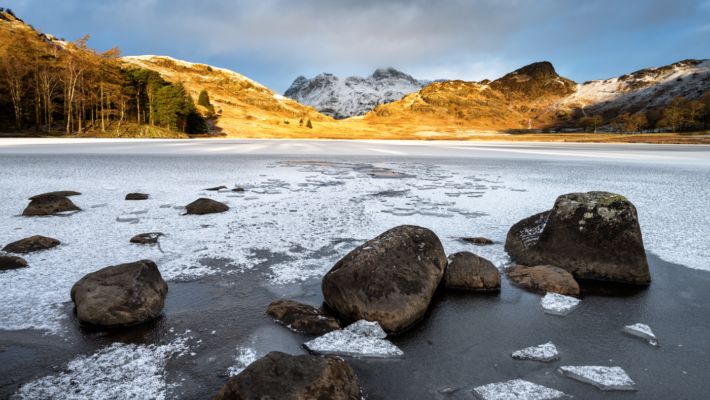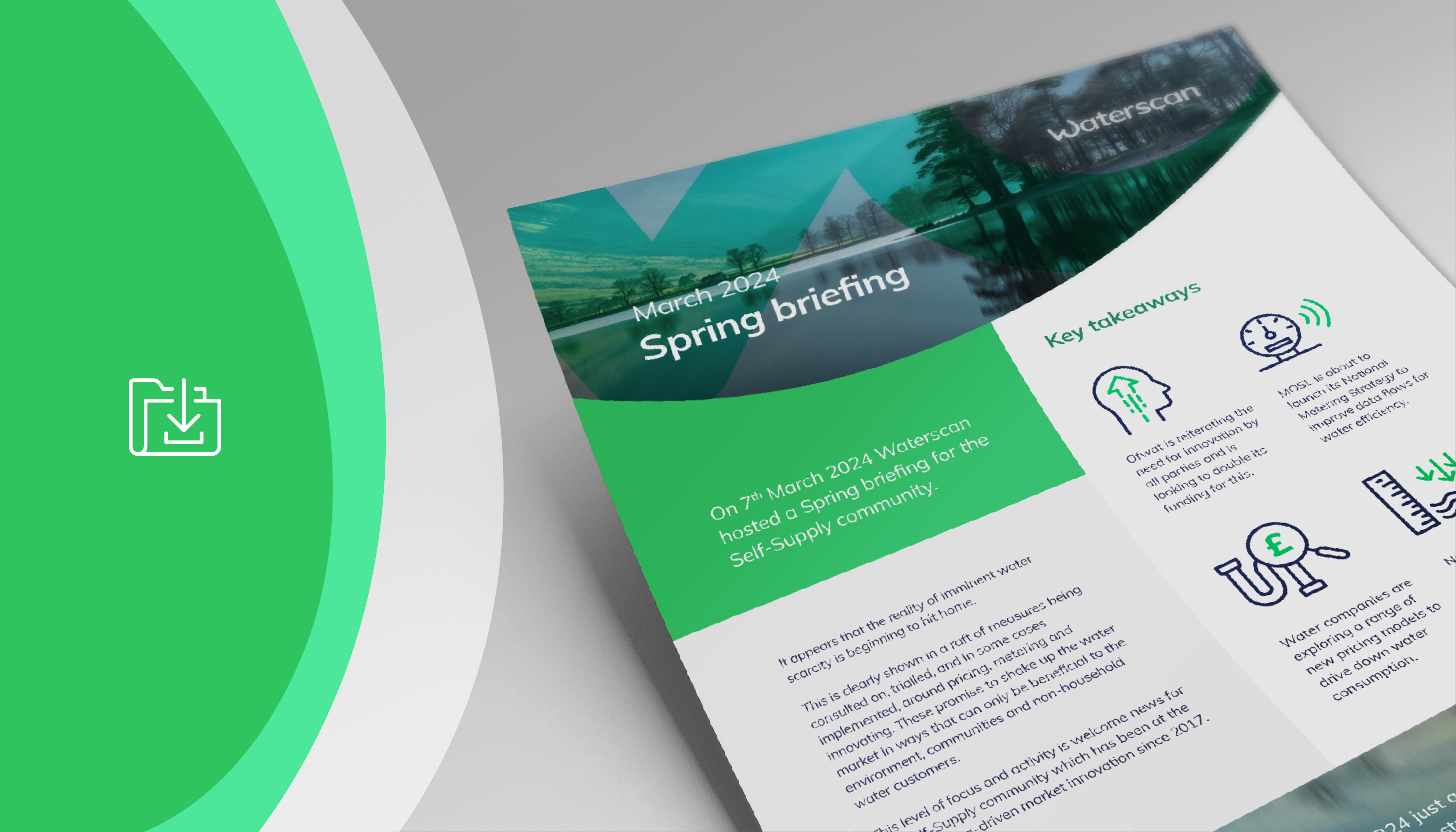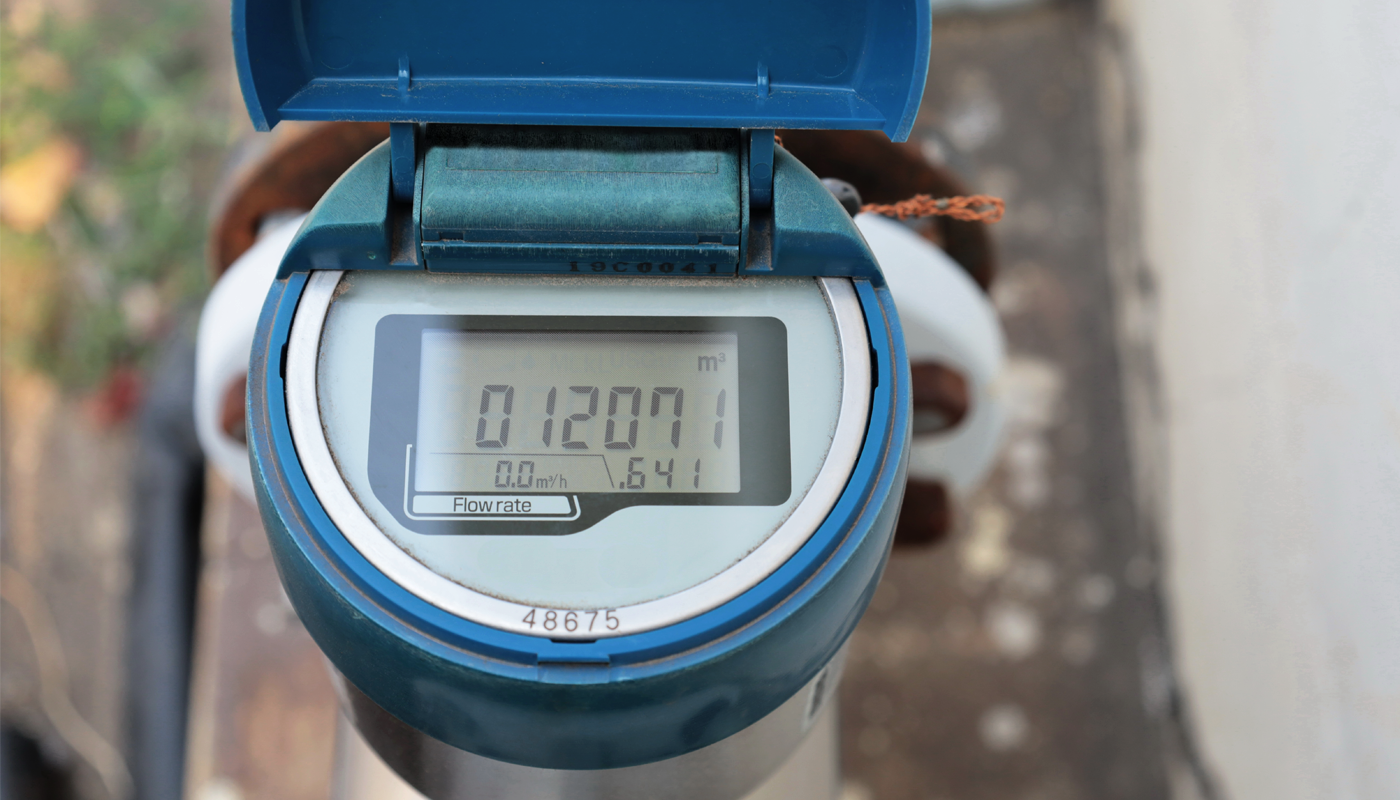How to mitigate your freeze / thaw risks this Winter.
As temperatures begin to fall across the UK, individuals and organisations alike need to be extra vigilant to adverse impacts on their water supply. For non-household water users, the consequences of rapid temperature changes can affect their ability to operate, hit revenue and lead to poor customer experience.
Cold and subsequent thaw (freeze/thaw) weather patterns increase the likelihood of bursting pipes, leading to a loss of water and lower pressure. This is caused by freezing pipes expanding and then cracking, as temperatures rise back above 0 degrees Celsius.
Don’t get caught unprepared this Winter, and protect your organisation as it approaches one of the busiest times of the year, by following our 10 tips to mitigate cold weather risk…
What you can do
Across your portfolio
1. Communicate with your site and duty managers as early as possible to ensure they are aware of the seasonal risks around freeze/thaw and what action they can take both proactively and reactively if needed.
2. Increase your meter reading activity to closely monitor your water consumption. This is the fastest way to spot any unusual spikes that could be indicative of a major underground leak, resulting in a potentially steep increase in volumetric costs.
3. Prepare an appropriate contingency plan, including having an alternative supply arrangement for potable water and hygiene services in place, if there is an interruption to mains supply.
4. Implement a process to ensure that all outdoor waterpoints are suitably protected and regularly checked throughout this winter season.
At site level
5. Ensure each site knows where its stop tap is and check that it is fully functional.
6. Provide sites with easy access to a plumbing repair company. An online directory can be found here>
7. Ensure that each site knows who their regional wholesaler is and how to contact them in the event of an emergency. Wholesaler emergency contacts can be found here >
8. Ensure that the temperature in any building does not fall below 4 degrees.
What Waterscan will do
9. Undertake pre- and post-thaw Average Daily Use monitoring using AMR, routine meter readings and audits to ensure any changes are captured as soon as possible. In the event of a suspected or reported issue, additional readings or audits will be triggered too.
10. Utilise nationwide leak and civil engineering repair teams who are on standby to assist in the event of a suspected problem. Given that we expect this availability to be significantly impacted by anticipated freeze/thaw events, we highly recommend keeping details of local resources on file too.
Remember, the Waterscan Team is here to help, support and advise you. Please don’t hesitate to get in touch if you require assistance.




